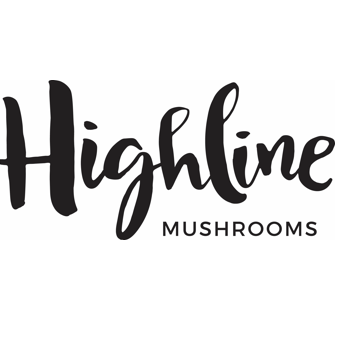

Sustainable Agriculture Student Research Project
Spent Mushroom Substrate for Water Conservation in Squash ProductionMaria Jose Santander Mercado, Department of Sustainable Agriculture and Food Systems, 2020 |
Introduction
- Approximately 30% of soils, in more than 30 countries, are suffering from micronutrient deficiencies. Compost can maintain and enhance the stability and fertility of agricultural soils.
- Spent mushroom substrate (SMS) is a composted byproduct of mushroom production and can be applied to soils to promote humus formation. SMS provides plant micronutrients and improves water holding capacity, soil aeration, and aggregation.
- Squash (Cucurbita pepo) is the species with the greatest monetary value of the genus Cucurbita L. Squash has similar water requirements to fruit trees.
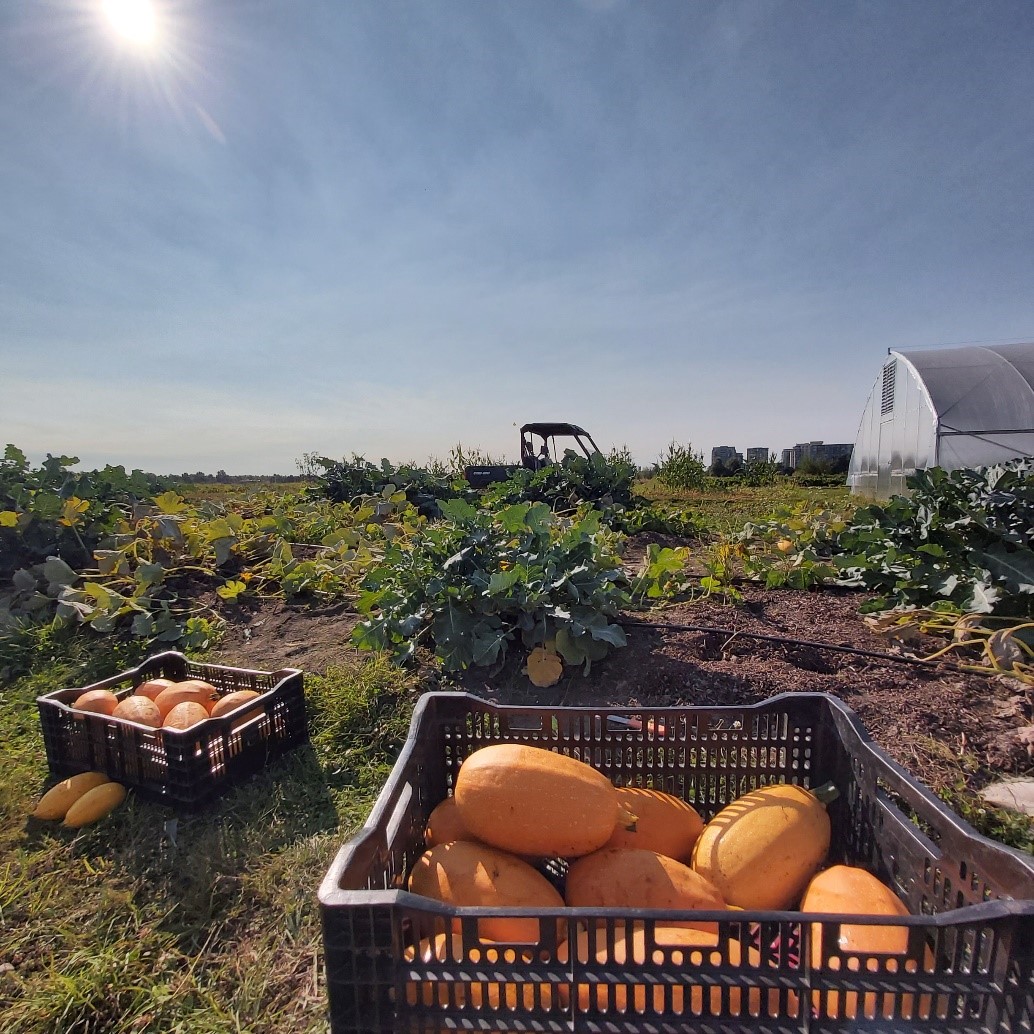
Objectives
- Find an ecologically sound disposal alternative for spent mushroom waste.
- Encourage local farmers to use it and mushroom companies to market it.
- Further the understanding of the effects of SMS for the cultivation of squash and orchard trees, with an emphasis in water conservation.
Materials and Methods
Location: Kwantlen Polytechnic University’s farm. Garden City Lands, Richmond.
Experimental Design: Randomized complete block design (Fig. 1)
- 4 blocks (2 x 8 m)
- 16 plots (2 x 2 m)
- 64 subplots (1 x 1 m)
- 4 treatments (0, 5, 10, 20 cm of mulch)
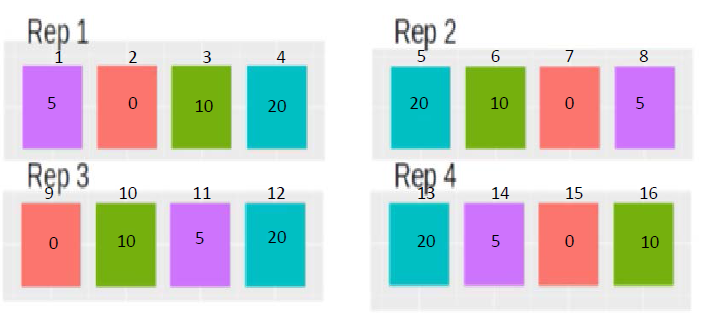
Figure 1. Plot map of randomized complete block design for spaghetti squash (C. pepo) cultivation with various mulch depths of spent mushroom substrate, n=4.
Image
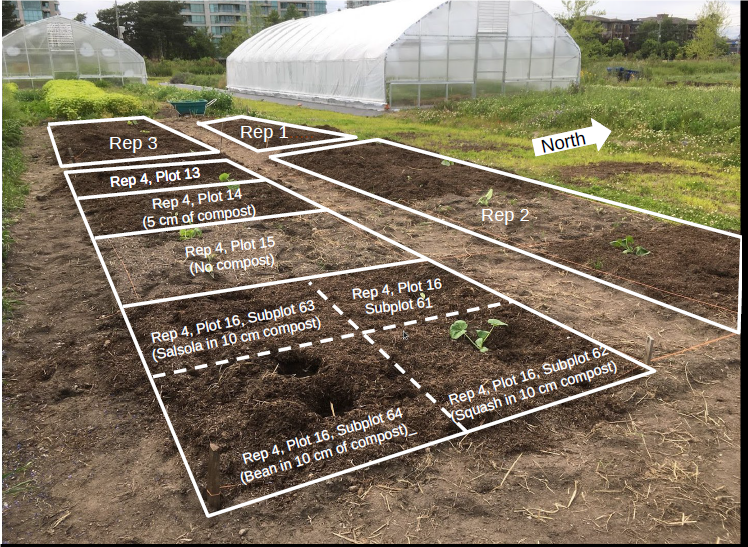

Experimental Treatment: Spent mushroom substrate. Donated by Highline Mushrooms and previously used as a substrate for organic certified mushroom production.
- Research subject: Spaghetti Squash (C. pepo)
- Seeds were started on May 28 of 2020 and a single plant was transplanted into the center of each subplot on June 19 of 2020.
Data Collection
- Biweekly from July 3 –August 28, 2020 (EC and VWC).
- One-time collection on October 1, 2020 (pH).
- Harvest took place on September 4, 2020.
Statistical Analysis
Analyzed with Repeated Measures ANOVA (EC and VWC) and ANOVA (pH and yield), conducted using the jamovi interface to the R statistical computing environment.
Independent variables were various mulching depths (0, 5, 10, 20 cm) and monitoring date.
Results
Volumetric Water Content
- Significant effects of date and mulch depth (p ≤ 0.001)
- Marginally significant interaction between collection date and mulch depth (p ≤ 0.057).
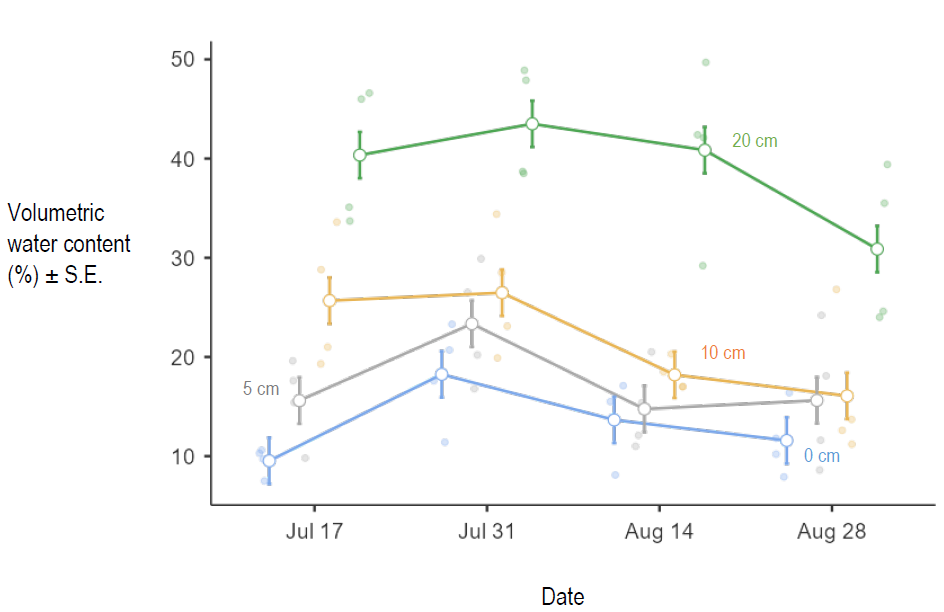
Figure 2. Relationship between volumetric water content (%) and collection dates for spaghetti squash (C. pepo) mulched with various depths of spent mushroom substrate (0, 5, 10, 20 cm). Bars show the standard error around each mean.
Yield
- No significant effects were observed on yield due to mulch depth (p ≤ 0.37) however, the average yield was 178 ± 12 t/ha which compared favorably to a typical squash yield of 56 t/ha.
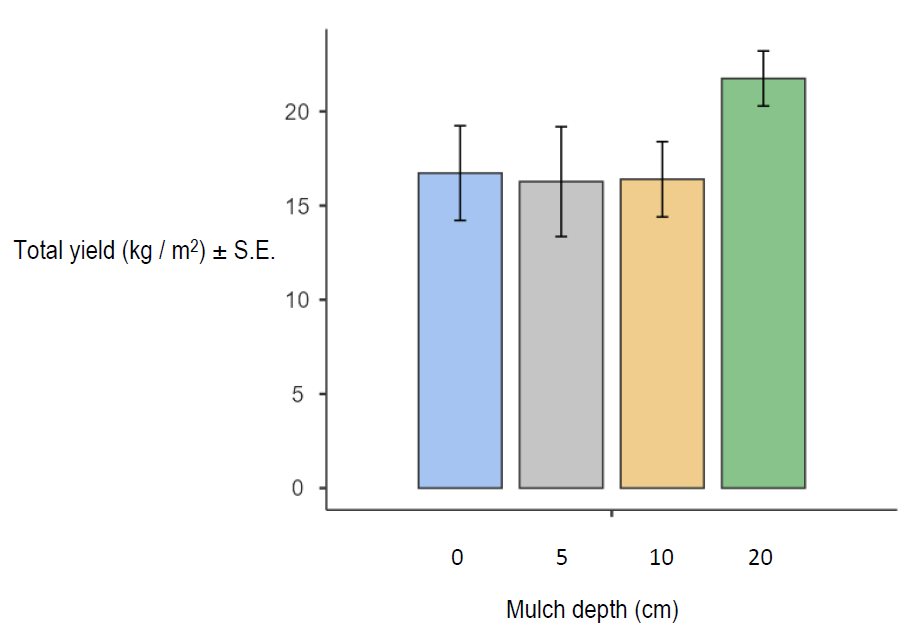
Figure 3. Yield of spaghetti squash mulched with various depths of spent mushroom substrate. Bars show the standard deviation around each mean.
Electric Conductivity (EC)
- No significant differences were found between EC and collection dates (p ≤ 0.181), nor an interaction was found between collection dates and mulch depth (p ≤ 0.847).
- A significant mulch depth effect was observed (p ≤ 0.001).
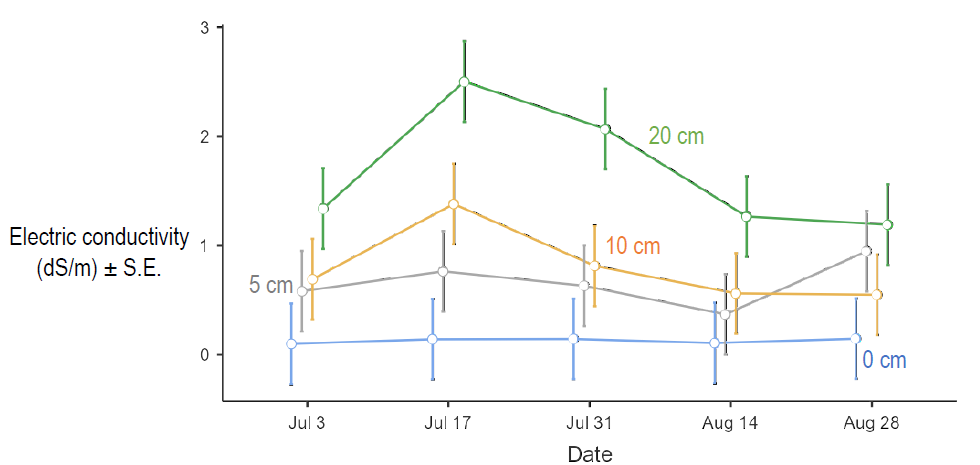
Figure 4. Relationship between electric conductivity (dS/m) and collection dates for spaghetti squash (C. pepo) mulched with various depths of spent mushroom substrate (0, 5, 10, and 20 cm). Bars show standard error around each mean.
pH
- No significant differences between mulch depths were found (p ≤ 0.519).
- No toxic effect due to high accumulation of nutrients was observed.
Conclusions
- Mulching spaghetti squash with SMS produced positive effects on soil indicators such as volumetric water content and yield.
- SMS can be used as an alternative to reduce the reliance on irrigation in our local climate and possibly a means to improve yield.
- No negative effects were observed due to high salinity or toxic accumulation of nutrients.
- The use of SMS as mulch and soil amendment is a viable disposal alternative for spent mushroom waste in the Lower Mainland.
- It would be possible to use SMS for the establishment and cultivation of orchard trees at Kwantlen Polytechnic University’s Farm in Garden City Lands, in the upcoming growing season.
Acknowledgements
Thank you Mike Bomford for all your patience and advice, Lindsay Dodds for the support, as well as Andy Smith and fellow students, Sarah-Jane Copeland and James Oswald, who assisted the experimental setup and maintenance.
Funding and Support:
